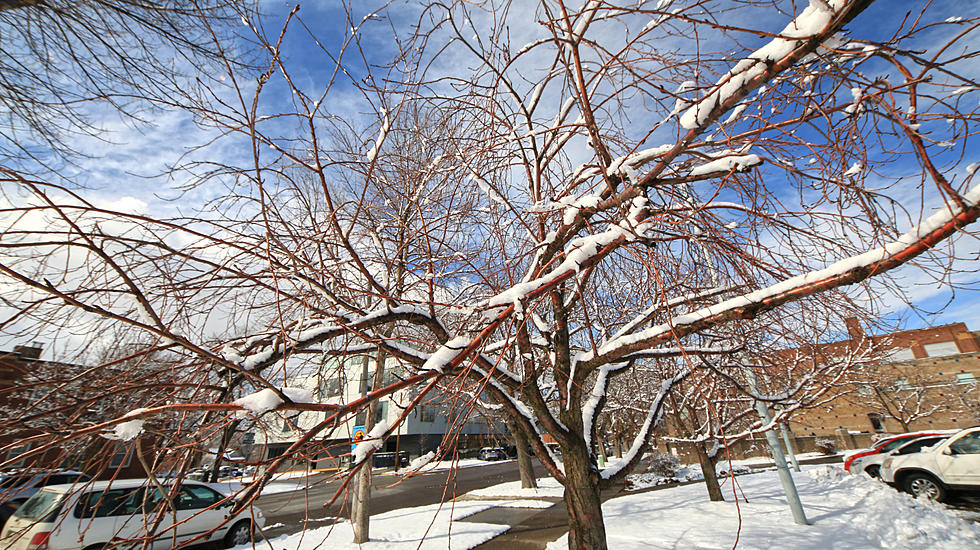
If You’re Sick of Montana Snow, You Can’t Blame La Niña
After ANOTHER round of snow this morning, I can hear you say "enough already!" And you're probably casting about to blame anyone or anything for what has been a non-stop winter since the beginning of November.
Can't help you there.
But according to my friends at the National Weather Service office in Missoula, we can't blame La Nina any longer.
That's right, after three straight winters of being under the weather influence of the prominent Pacific Ocean temperatures and their impact on conditions here in the Northern Rockies and across North America, La Nina is officially, formally gone.
It's the end of the "triple dip"
La Nina, which means "little girl" in Spanish, has been the prominent feature driving our Montana and larger Northwest weather for three winters now. While back-to-back La Nina years aren't unusual, having the "triple dip" was rare. That meant wetter conditions, combined with our typical cold air to produce higher than normal amounts of snow, and rain.
But as of last week, the Climate Prediction Center officially declared this La Nina was over. Good thing too, California shouldn't have been getting pounded with snow and rain as they have been, so I guess the "little girl" was getting a little flakey down the stretch.
Long-time NWS Missoula forecaster Robert Nester says there have been only half-a-dozen winters since 2001 which saw temperatures running 20 degrees below normal. So it hasn't just been your imagination.
But Montana is still in a drought
We remain in a "moderate drought", with snowpack about 5 to 15% below normal. Nester says at least our wettest months of May and June are still to come and could help with the difference.
Ironically, the snowcover this winter has been impressive, with the third longest stretch on record, 111 days extending from early November to the end of February, when a warm-up took the official reading at the airport to less than an inch.
Now, will the "little boy" take the stage?
Remains to be seen. The climatologists are anticipating El Nino could kick in as soon as this summer. Traditionally that means a winter weather pattern where all the moisture runs to the south, leading to mild, dry conditions over the Northwest.
READ MORE: How likely are March snowstorms in Montana?
